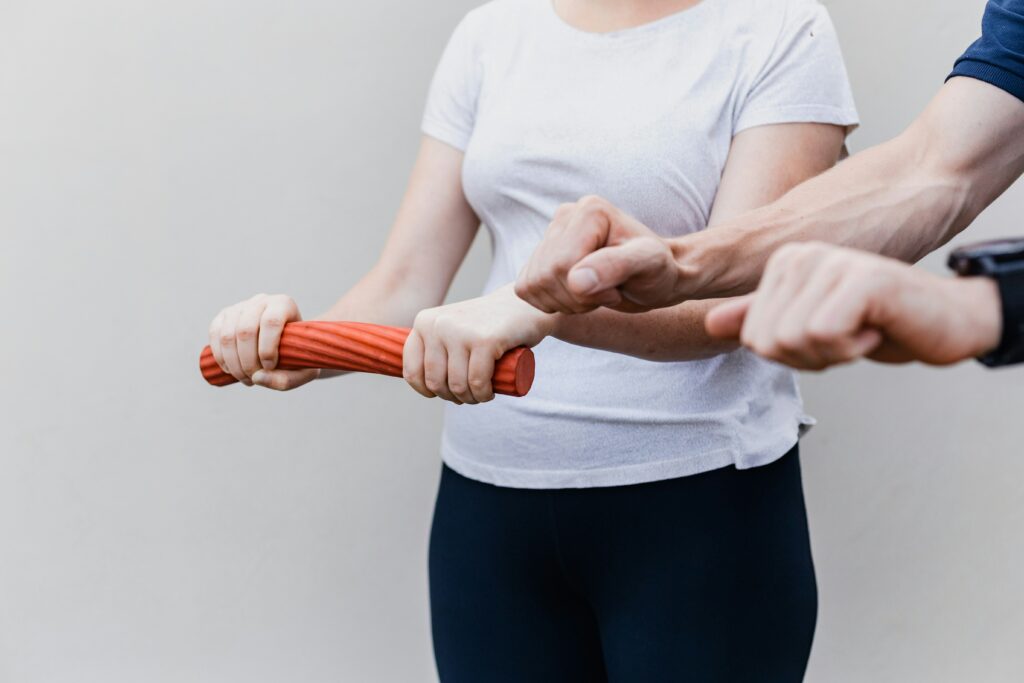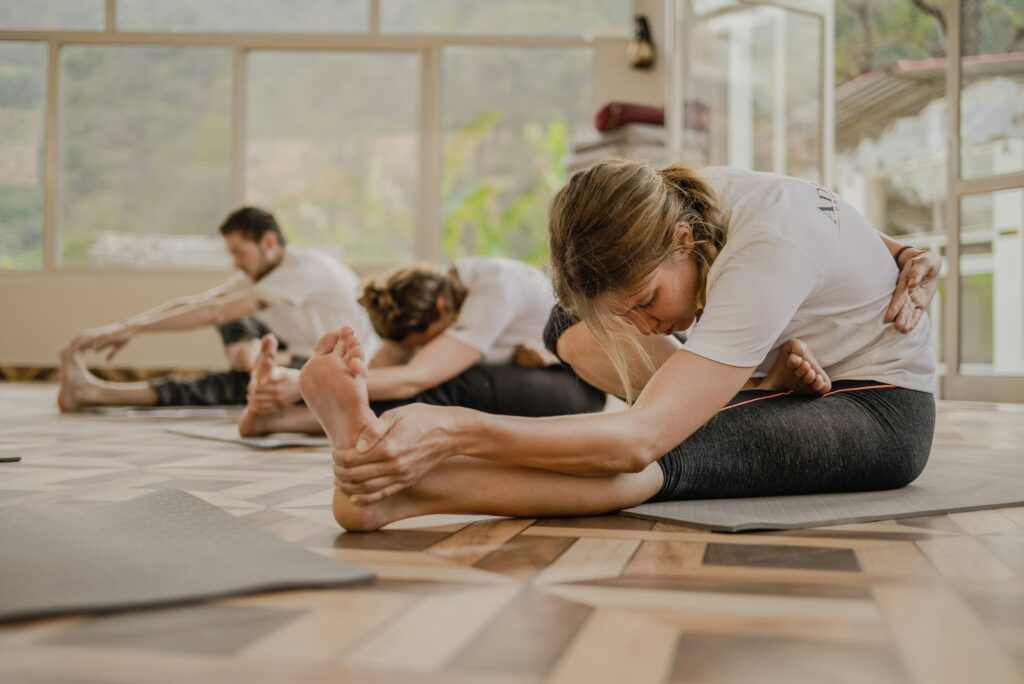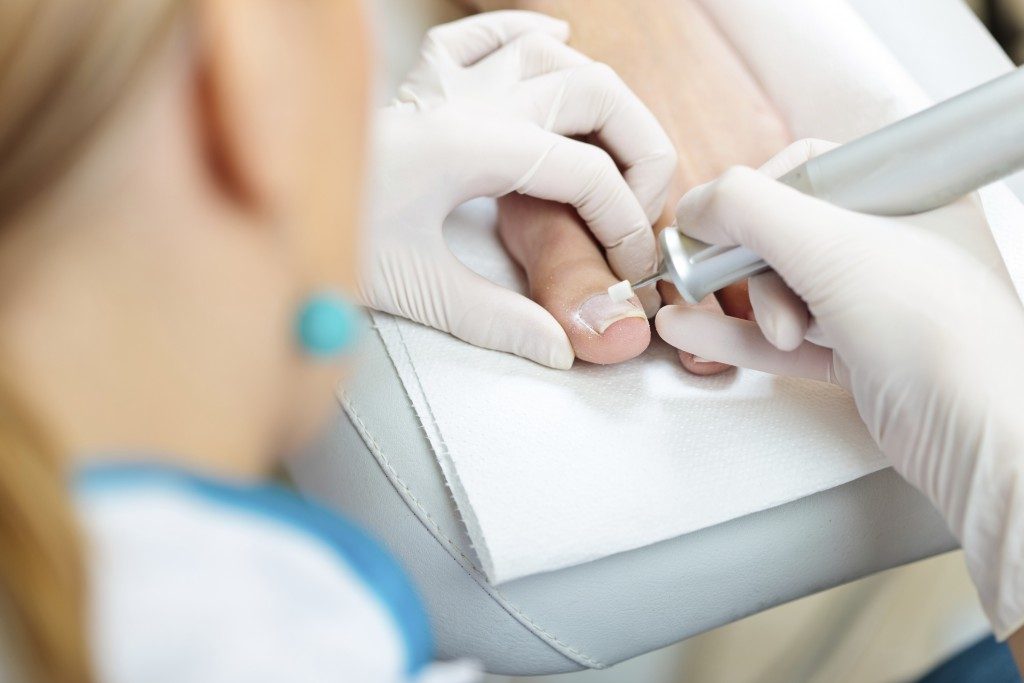
Welcome to the vibrant world of physiotherapy, where holistic care meets individualised treatment to enhance your health and well-being. Whether you are recovering from a major health crisis, seeking improved physical performance, or looking for guidance on keeping active as you age, physiotherapy is the key to whole body wellness.
Physiotherapists can help you wean yourself off pain medications by finding the root cause of your problems and working with the body to provide relief naturally. In Adelaide lies a sanctuary for rehabilitation, preventive care, and overall wellness: The Physio Studio.
Let us delve into the diverse realm of physiotherapy and how it can rejuvenate the body, mind, and spirit.
Understanding Physiotherapy: A Holistic Approach to Healing
Physiotherapy is a holistic approach to health that focuses on diagnosing, treating, and preventing injuries, chronic conditions, and movement dysfunction. It’s not just about addressing pain; it’s about restoring mobility, improving range of motion, and enhancing physical function.
Our bodies are intricate systems, and physiotherapists are the experts who help us maintain balance and vitality. At The Physio Studio, the dedicated team of professionals understands that every individual is unique, requiring personalised care and attention.
Whether one is recovering from an injury, managing a chronic condition, or aiming to improve fitness levels, experts in physiotherapy Adelaide offer tailored solutions to meet their needs.
Injury Recovery and Rehabilitation
Injuries can disrupt lives, limiting mobility and causing discomfort. However, with the right guidance and support, individuals can embark on a journey towards recovery. Skilled physiotherapists utilise evidence-based techniques to address a wide range of injuries, from sprains and strains to post-surgical rehabilitation. Through targeted exercises, manual therapy, and innovative modalities, they help clients regain strength, mobility, and function, allowing them to return to daily activities with confidence.
Preventive Care: Investing in Future Health
Prevention is key to maintaining a healthy, active lifestyle. The focus is on empowering individuals to take control of their health through proactive measures. Preventive care programmes identify potential risk factors and address them before they escalate into serious issues. Whether one is a professional athlete or a weekend warrior, sports physiotherapy services help prevent injuries, improve performance, and optimise athletic potential.

Pilates: Strengthening the Body, Nurturing the Mind
Pilates is not just an exercise regimen; it’s a holistic approach to strengthening the body and nurturing the mind. Pilates in Adelaide blends elements of strength training, flexibility, and mindfulness to enhance physical and mental well-being. Certified Pilates instructors guide clients through tailored exercises designed to meet specific goals, whether they’re recovering from an injury or seeking to improve core stability. With regular practice, individuals experience improved posture, enhanced mobility, and a heightened sense of overall vitality.
Success Stories: Transforming Lives, One Step at a Time
At The Physio Studio, pride is taken in the success stories of clients whose lives have been transformed through physiotherapy and wellness initiatives. From overcoming chronic pain to achieving peak athletic performance, clients’ journeys inspire the team to continue the mission of promoting health and vitality in the community. Testimonials from individuals who have experienced the transformative power of physiotherapy showcase the impact:
- “After suffering from a debilitating back injury, I thought my days of playing sports were over. Thanks to the expert care and support from The Physio Studio, I not only recovered fully but also improved my performance on the field.”
- “As a busy professional, I often neglected my health until chronic neck pain forced me to seek help. The Physio Studio not only relieved my pain but also taught me how to prevent future injuries through targeted exercises and lifestyle modifications.”
Conclusion: Embark on the Journey to Wellness
Physiotherapists stand as a beacon of hope and healing, offering comprehensive physiotherapy services tailored to individual needs. Whether recovering from an injury, seeking preventive care, or striving to enhance overall well-being, the team at The Physio Studio is there to support you every step of the way. Embrace the transformative power of physiotherapy and embark on the journey to revitalised health and vitality. The body deserves it, and so do you.
Are you ready to experience the benefits of physiotherapy and wellness? Contact The Physio Studio today and take the first step towards a healthier, happier you. The journey awaits!




